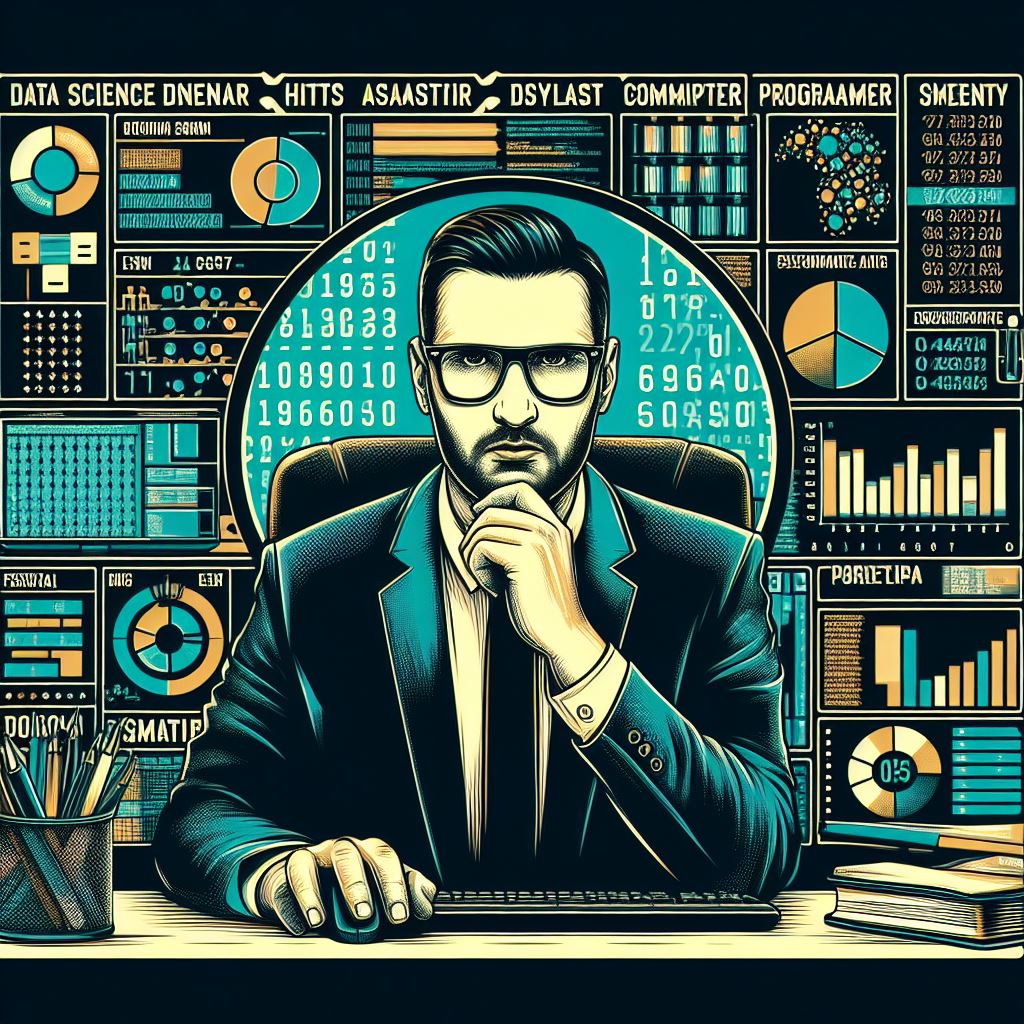Computer vision, a field of artificial intelligence (AI), has revolutionized various industries by enabling machines to interpret and understand visual information. From image recognition to autonomous driving, computer vision is rapidly advancing, providing valuable insights for businesses and consumers alike. In this article, we will explore the importance of computer vision, its diverse applications, and the future trends shaping this transformative technology.
What is Computer Vision?
Computer vision refers to the ability of machines to interpret and analyze visual data from the world, such as images and videos. It involves the use of algorithms, machine learning models, and neural networks to process, understand, and make decisions based on visual input. Essentially, computer vision empowers machines to “see” the world in a way that mimics human visual perception.
Applications of Computer Vision
Healthcare
In healthcare, computer vision is transforming diagnostics and patient care. By analyzing medical images like X-rays, MRIs, and CT scans, AI systems can assist doctors in detecting abnormalities such as tumors, fractures, and diseases more accurately and quickly than traditional methods. Furthermore, computer vision can help in monitoring patients and providing personalized treatment recommendations.
Autonomous Vehicles
One of the most exciting applications of computer vision is in autonomous driving. Self-driving cars rely heavily on computer vision technologies to detect objects, recognize road signs, read traffic signals, and identify pedestrians. With the aid of high-definition cameras and AI algorithms, autonomous vehicles can make split-second decisions to ensure safety on the road.
Retail and E-Commerce
In the retail industry, computer vision is enhancing customer experiences and streamlining operations. In brick-and-mortar stores, AI-powered cameras can analyze customer behavior, track foot traffic, and optimize product placements. In e-commerce, computer vision enables advanced product recognition, allowing customers to search for items by image rather than text. It can also help improve inventory management and automate warehouse tasks.
Security and Surveillance
Security systems are being revolutionized by computer vision. Surveillance cameras equipped with AI can detect unusual activities, recognize faces, and analyze video feeds in real-time. This is particularly valuable in areas like public safety, access control, and fraud detection. By automating the monitoring process, computer vision reduces the burden on security personnel and increases overall efficiency.
Agriculture
In agriculture, computer vision helps optimize crop management and improve yield predictions. By using drones and cameras to capture images of fields, farmers can monitor plant health, detect pests, and assess soil conditions. This data can then be used to make informed decisions about irrigation, fertilization, and pest control, leading to higher productivity and sustainable farming practices.
Future Trends in Computer Vision
As technology continues to advance, the future of computer vision holds even more potential. Here are some of the key trends to watch:
Integration with Augmented Reality (AR)
The combination of computer vision and AR will bring new interactive experiences. Whether it’s enhancing retail shopping with virtual try-ons or assisting professionals in fields like medicine and architecture with real-time data overlays, AR-driven by computer vision will revolutionize how we interact with the world.
Deep Learning Advancements
Deep learning algorithms, particularly convolutional neural networks (CNNs), are becoming more efficient and accurate at interpreting visual data. With ongoing research in deep learning, computer vision systems will continue to improve in accuracy and reliability, leading to even more sophisticated applications.
Edge Computing
As edge computing becomes more prevalent, computer vision will increasingly be deployed on local devices like smartphones, drones, and cameras, reducing latency and enabling faster decision-making. This will be particularly beneficial in real-time applications, such as autonomous vehicles and live security monitoring.
Ethical and Privacy Concerns
With the widespread adoption of computer vision, concerns regarding privacy and ethics will grow. To ensure responsible use of this technology, regulations and guidelines will need to evolve, addressing issues such as data privacy, surveillance, and bias in AI algorithms.
Conclusion
Computer vision is poised to continue its transformative impact on a variety of industries, from healthcare to autonomous vehicles. As the technology advances, new opportunities will emerge, making the world more connected, efficient, and intelligent. Staying ahead of the trends in computer vision will be crucial for businesses looking to harness its power and drive innovation.
5
